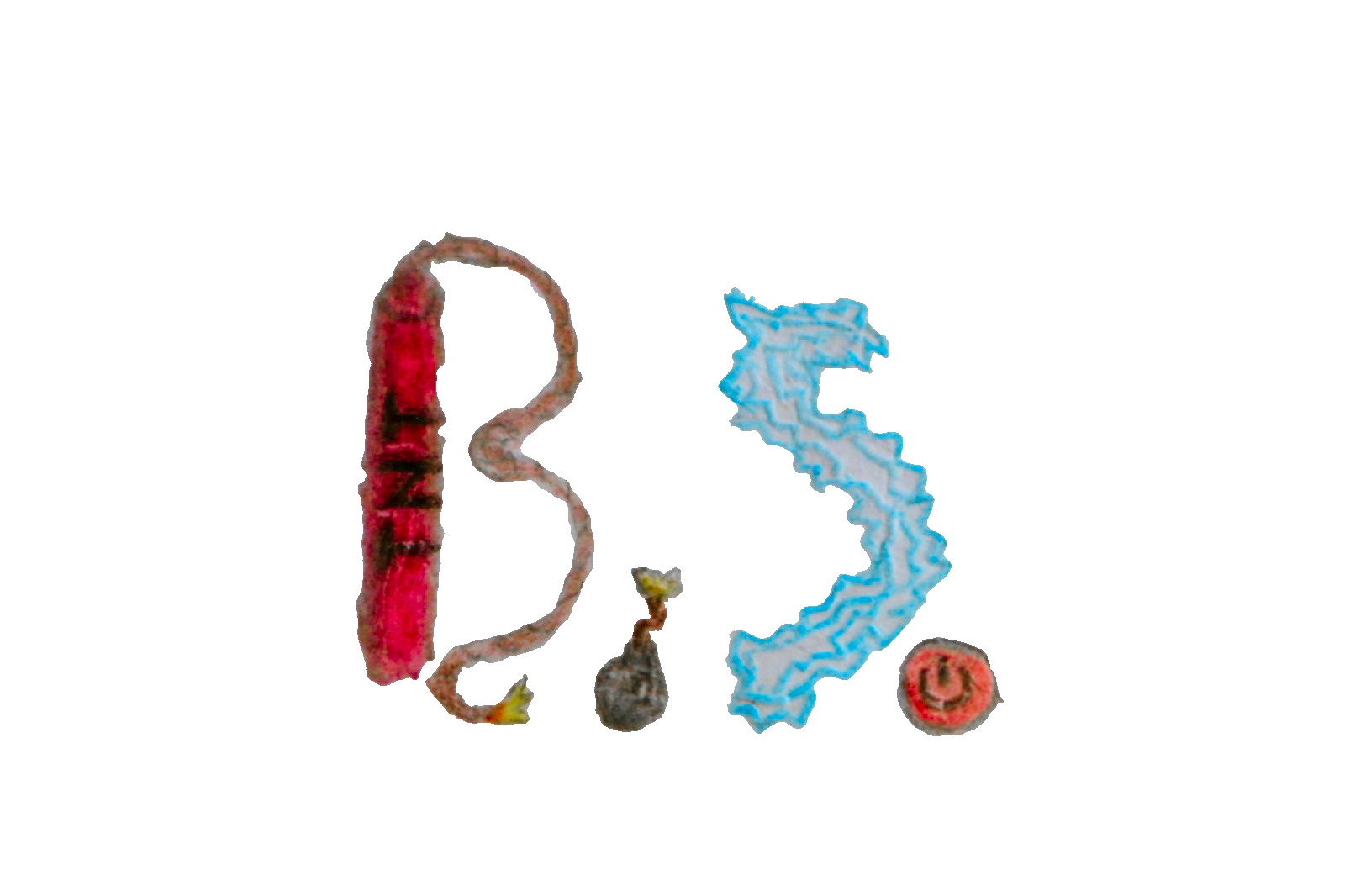#4 Op’s mom
rip
beat me to it
The ultimate orbs, and I shall ponder them hard.
I pondered my orb last night
Every time I see these ultramassive black holes all I see is the megastructure uber planet you can build around them, or if organic life has gone out of fashion at that point, the megastructure uber computer.
Sounds like some shit the Culture does
Or the Bobs
Great reference. The Bobs haven’t really achieved anything on this scale yet, though. The closest is the Skippies’ Matryoshka Brain, but IIRC they’re using a system of satellites around a brown dwarf star, which would be somewhat comparable in size to Jupiter. The Others’ Dyson Sphere project is closer, but I don’t think we really got a sense for how far along they were, and it looks like their home star is only a bit larger than Sol.
Sorry if that came across as nitpicky, I was just excited to see a Bobiverse reference in the wild.
Edit: Got the Others’ star mixed up in my head, it looks like it’s either a red dwarf or completely fictional.
Hard to find enough material to encircle that one.
Maybe that’s why those “dark matter only” galaxies exist.
It would take multiple galaxies of matter to pull the material together, but if you’re planning on building a megastructure of this scale that’s probably not any trouble for you
You load 618 ton, and whattaya get? Another light year older and deeper in the event horizon.
St. Hawking don’t you call me 'cuz I can’t go…
deleted by creator
IIIIIIII was born one mornin’ in the habitable zone
I picked up my inertia and warped to the unknown
What the hell are you guys singing?
Dolly Parton’s Nine to Five
we’re making up lyrics for a space themed parody of 16 Tons.
deleted by creator
I oweeeeeee my Sol to the black hole…
I owe my soul to the big black hole
Flows a bit better
Sooome people say a star is made out of mud…
I’m in this picture…and I like it.
Astrophysicist here. Yes, space is crazy, but interesting things to keep in mind:
- The size of a star is determined by something called the photosphere. With those extremely massive stars, you can be hundreds of millions of kilometres “inside” and not yet know it.
- Similar story with supermassive black holes, from the perspective of an astronaut falling in, they wouldn’t really be able to tell when they cross the horizon because the tidal forces there are very small (they will inevitably fall towards the centre and get spaghettified at some point)
:0 how can you be inside a star and not know it? I thought they all had a surface like our Sun
second question, would you even feel the spaghettification? Would the signals from nerves be able to travell up to the brain?
Right? How can you not know it?
Hmm, am I in the star yet? I mean my body is now made of million degree hot plasma, but I’m still not sure…
See my response below to Captain Aggravated about how dilute those large stars are.
It’s an interesting question whether anybody would actually feel spaghettification 😁 I actually don’t know. You can use physics to calculate the proper time derivative of the tidal forces, but you need biology to define the start (and end…) of the process. My intuition says that it probably happens too fast, so once the tidal forces are strong enough to be perceptible, they grow strong enough to rip you apart before you realize (again, just a hunch).
Hi Astrophysics,
I always wondered why they draw black holes like they do in that the accretion looks like it’s drawn in two planes. I would have thought it would have looked a bit more like a saturns rings? Or is it exactly like saturns rings but we see the whole ring bent round the top because a black hole bends the light around so we can see it? Or is it something else entirely that they are trying to depict here?
Black homes are so massive and heavy that they bend light (well, technically every piece of mass does, even yo momma). It’s bend so extreme that that accretion disk appears warped.
A similar thing happens with neutron stars that can also bend light in such a way that you can actually see part of the back of the star (if you were able to see it anyway, it would be dark) as light that would be emitted from parts of the back would warp around to the front where you could see it
The second one. The image is simulated as how an external observer would see it. It was firstly done for the Interstellar movie.
Cool, thought for a long time there it was just an artistic liberty; but this is much cooler.
Yep, you got it right. The accretion disk is actually really flat. Those images are produced in simulations that take into account the curved (and very complex) paths light takes in the vicinity of a black hole. These images really depend on the angle between the line of sight and the disk.
Documentary watcher here. Isn’t the “photosphere” of the star defined by the visible surface? It is my understanding you could be “hundreds of millions of kilometers inside” the corona and not know it, but inside the photosphere?
Yes, but red supergiants differ from the sun in that their photospheres are extremely dilute and don’t have a sharp transition to the corona. I don’t know the details of this particular star but take Betelgeuse as an example (it’s probably not particularly large for this catrgory), it’s radius is ~640 the sun’s per Wikipedia, which gives a volume of ~260 million that of the sun. But it is only x15 times as massive as the sun, so on average ~20 million times less dense.
Meaning a little less than half of that radius is way way way less than 20 million times less dense. That’s wild.
I think about that when looking at luminous gas clouds that are millions of lys across. We can only “see” it because all the photons coming from that region of space is concentrated in a tiny visible area.
as a non astrophysicist, or just a non astronomer in general. it weirds me out every time i remember that there is literally a part of the universe that apparently exists, of which we will never be able to see, because the light from that part of the universe, quite literally hasn’t reached us yet.
The observable universe is inconceivably massive. But it just keeps going.
And to think it’s not an improbable concept for humanity to recreate the physics behind a big bang in a controlled setting, somewhere down the line from here, is certainly an interesting thought.
What really are gravitational waves? Are they like electromagnetic waves? Do they cause orbital decay? I have so many questions.
Gravitational waves do cause orbital decay as the energy required to create them comes from the objects own momentumn.
They are quite similar to electromagnetic waves, but also quite different. They are produced by masses accelerating (just like EM waves are produced by charges accelerating), and indeed cause orbital decay. But this orbital decay is only important in relativistic systems (so the Earth, which is orbiting the sun at 0.0001 the speed of light, is not going to fall into the sun because of gravitational waves).
I highly suggest you look up PBS spacetime on YouTube. They have an incredible amount of very informative videos on black holes and gravitational waves. As well as pretty much any other astrophysics topic you can think of (and many you can’t!)
they will inevitably fall towards the centre and get spaghettified at some point
Not before they witnessed the birth and death of thousands of civilizations! (I know they wouldn’t actually be able to witness them, not having the right equipment and being dead in due order, it’s just neat to think about relativity in that context. 😊)
I was under the impression that the time it would take you to get spaghettified would render the fear of such an experience irrelevant, as you’d be long dead of natural causes before then.
In the case you are unlucky enough to encounter the black hole “heads on” and fall into it radially, the proper time timescale to spaghettification is the size of the event horizon divided by the speed of light. The most supermassive black holes will have a horizon of around one light day, so that’s what we’re working with, a matter of days. If you come in on the most tangential orbit possible though, I guess you’re buying some time but I’ve never heard that it’s supposed to take many years of proper time (I doubt that claim a little bit, but haven’t calculated myself).
*cosmic dread intensifies
Good effort. I feel the dream, and it’s so much more. Life ain’t good, it’s a FUCKING lot, and there’s some good. Don’t search, just feel yo. FEEEEeeeEeEl.
Now compare TON 618 with Phoenix A.
Somewhere in late 2000s I saw one of the most mind-melting GIFs I’ve seen that compared the Solar System objects to the largest known stars at the time. This kinda reminded me of that.
I was just thinking of such a similar comparison today with a similar way of comparing them! (Earth<<Sun<<SagittariusA)
I read it as “stepson” and thought it was a low res picture of pizza. I guess I am a bit sleep deprived.
That’s it… I’m not getting out of bed today.
I feel insignificant, what’s the point of life even.
there isn’t one! So feel free to make it up, you probably won’t find it, or won’t know when you’ve found it, but the mere act of looking will point you in the right direction - going out and enjoying the absurdly rare phenomenon of being alive. You and I are a cosmic anomaly, friend, isn’t that cool?
for a more comprehensive guide on what do when you realise life is meaningless: refer to existentialism and absurdism
Aww, I appreciate the intent but it’s a joke. Thanks for looking out for your fellow humans, though. Good human.
THE UNIVERSE
There’s always a bigger, uh, sun.














